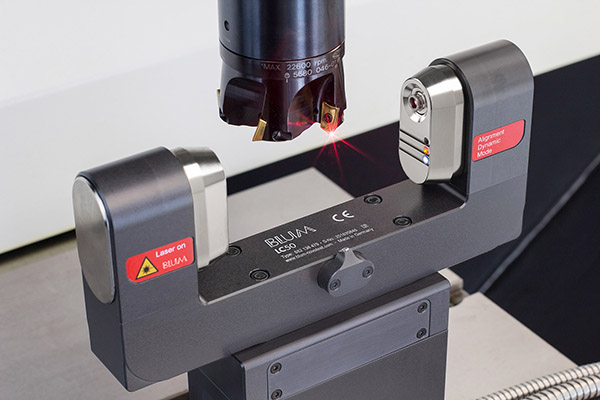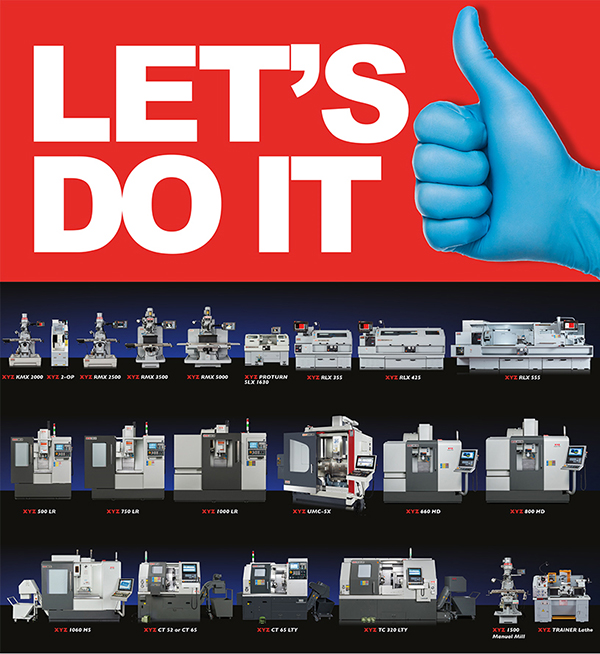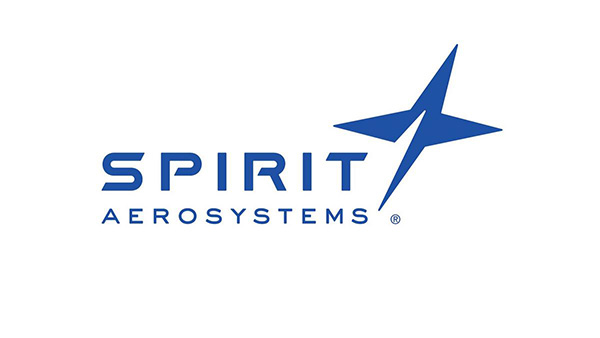HANNOVER MESSE cannot take place this year due to the increasingly critical situation surrounding the Covid-19 pandemic. The Hannover region has issued a decree that prohibits the staging of the world’s leading tradeshow for industrial technology. From now until the next HANNOVER MESSE in April 2021, a digital information and networking offer will provide exhibitors and visitors with the opportunity for economic policy orientation and technological exchange.

The world of industry will not be able to meet in Hannover this year. Comprehensive travel restrictions, bans on group gatherings and a prohibition decree in the Hannover region make it impossible to stage HANNOVER MESSE. At the same time, the corona crisis is affecting the economy, and the manufacturing industry – HANNOVER MESSE’s core clientele – is already struggling with serious consequences of the pandemic. Demand and sales in German industry are declining, resulting in supply bottlenecks, production stops and reduced working hours for employees.
“Given the dynamic development around Covid-19 and the extensive restrictions on public and economic life, HANNOVER MESSE cannot take place this year,” says Dr. Jochen Köckler, Chairman of the Board of Management, Deutsche Messe AG. “Our exhibitors, partners and our entire team did everything they could to make it happen, but today we have to accept that in 2020 it will not be possible to host the world’s most important industrial event.”
It is the first time in HANNOVER MESSE’s 73-year history that the event will not take place. However, the organizers will not let the show completely vanish. “The need for orientation and exchange is particularly important in times of crisis,” says Köckler. “That is why we are currently working intensely on a digital information and networking plattform for HANNOVER MESSE that we will open to our customers shortly.”
Various web-based formats will enable HANNOVER MESSE exhibitors and visitors to exchange information about upcoming economic policy challenges and technological solutions. Live streams will transport interactive expert interviews, panel discussions and best-case presentations all over the world. The online exhibitor and product search is also being enhanced, for example with a function that enables visitors and exhibitors to contact each other directly.
“We firmly believe that nothing can replace direct, person-to-person contact and we are already looking forward to the time after Corona,” says Köckler. “But especially in times of crisis, we must be flexible and act pragmatically. As organizers of the world’s most important industrial trade fair, we want to offer orientation and sustain economic life during the crisis. We are doing that with our new digital offering.”
Thilo Brodtmann, executive director of Germany’s Mechanical Engineering Industry Association (VDMA), said, “The cancellation of HANNOVER MESSE 2020 is an unfortunate decision, but it is the only correct one. The mechanical engineering industry must now concentrate on minimizing the consequences of the pandemic in its own operations so that it can start up again. In April 2021, the engineers will be back in Hannover in full force.”
Wolfgang Weber, Chairman of the ZVEI Management Board: “The fact that Hannover Messe 2020 cannot be hosted is a bitter loss, but it is the right decision. For the electrical industry, the fair is the showcase to the world, which unfortunately remains closed this year. So our companies will use the time until 2021 to manage the considerable consequences of Corona. Next year, they will then present themselves with the latest products and solutions for Industry 4.0 and the energy system of the future.”
HANNOVER MESSE 2021 will be held from 12 to 16 April 2021.
























